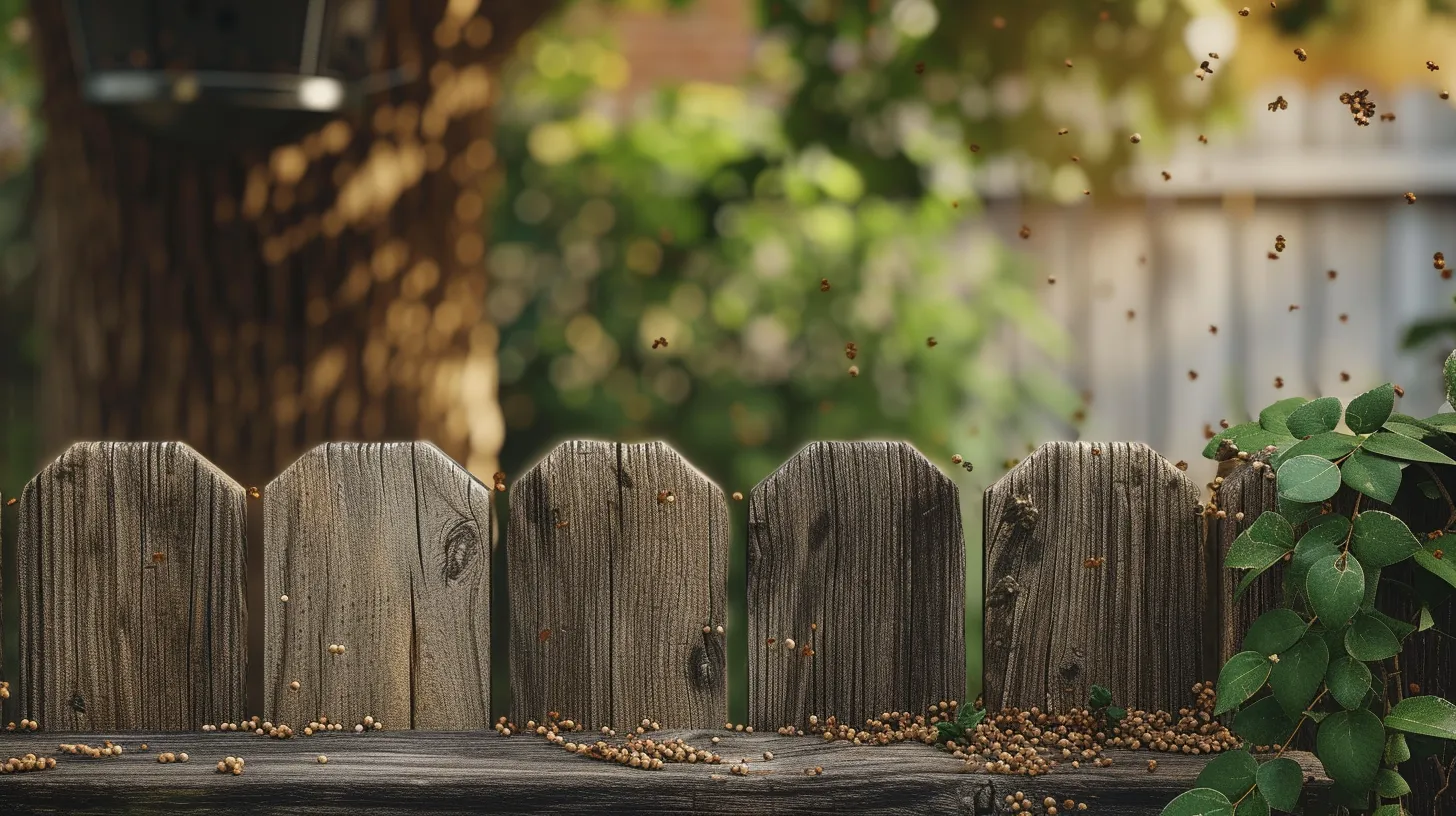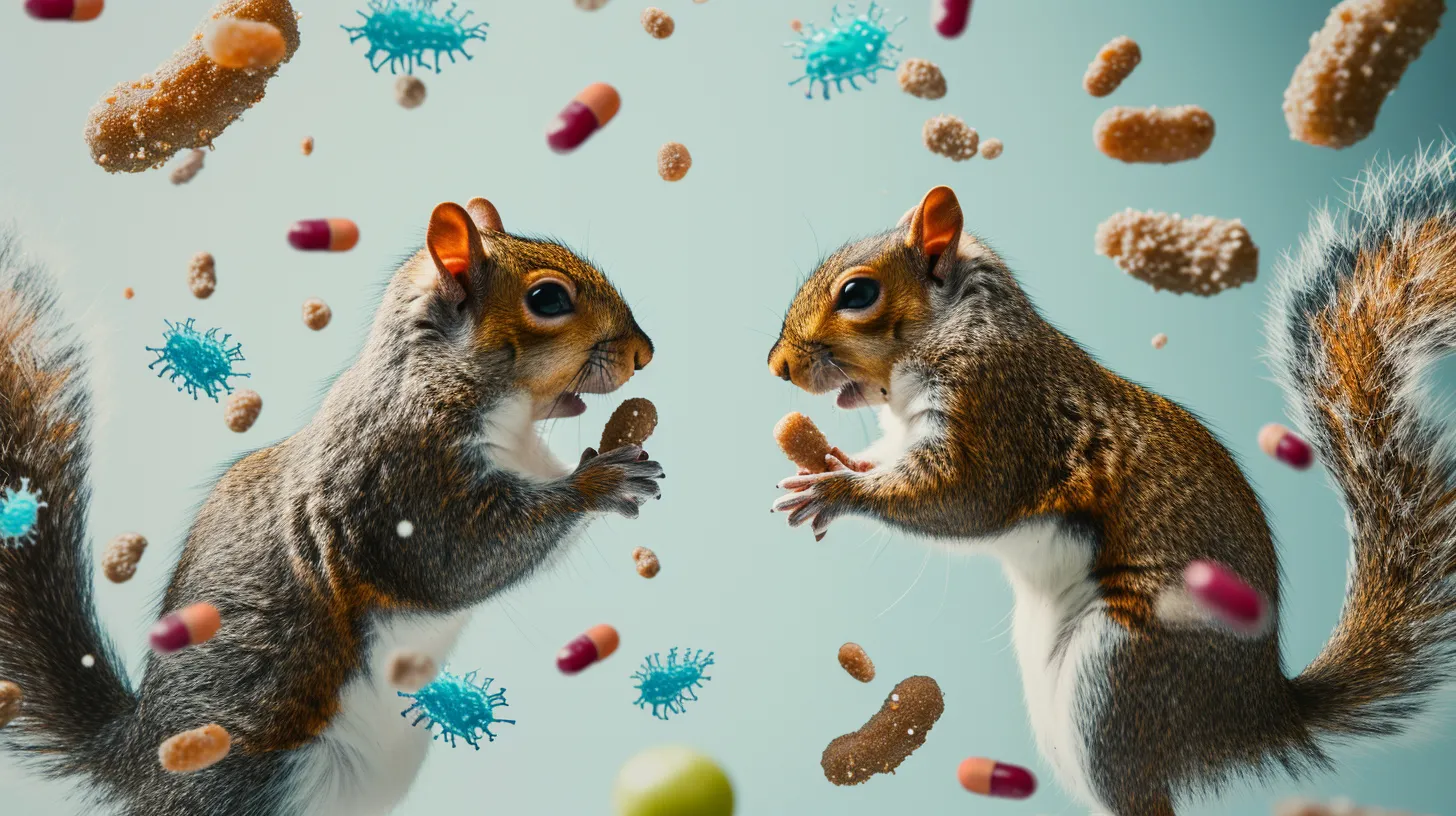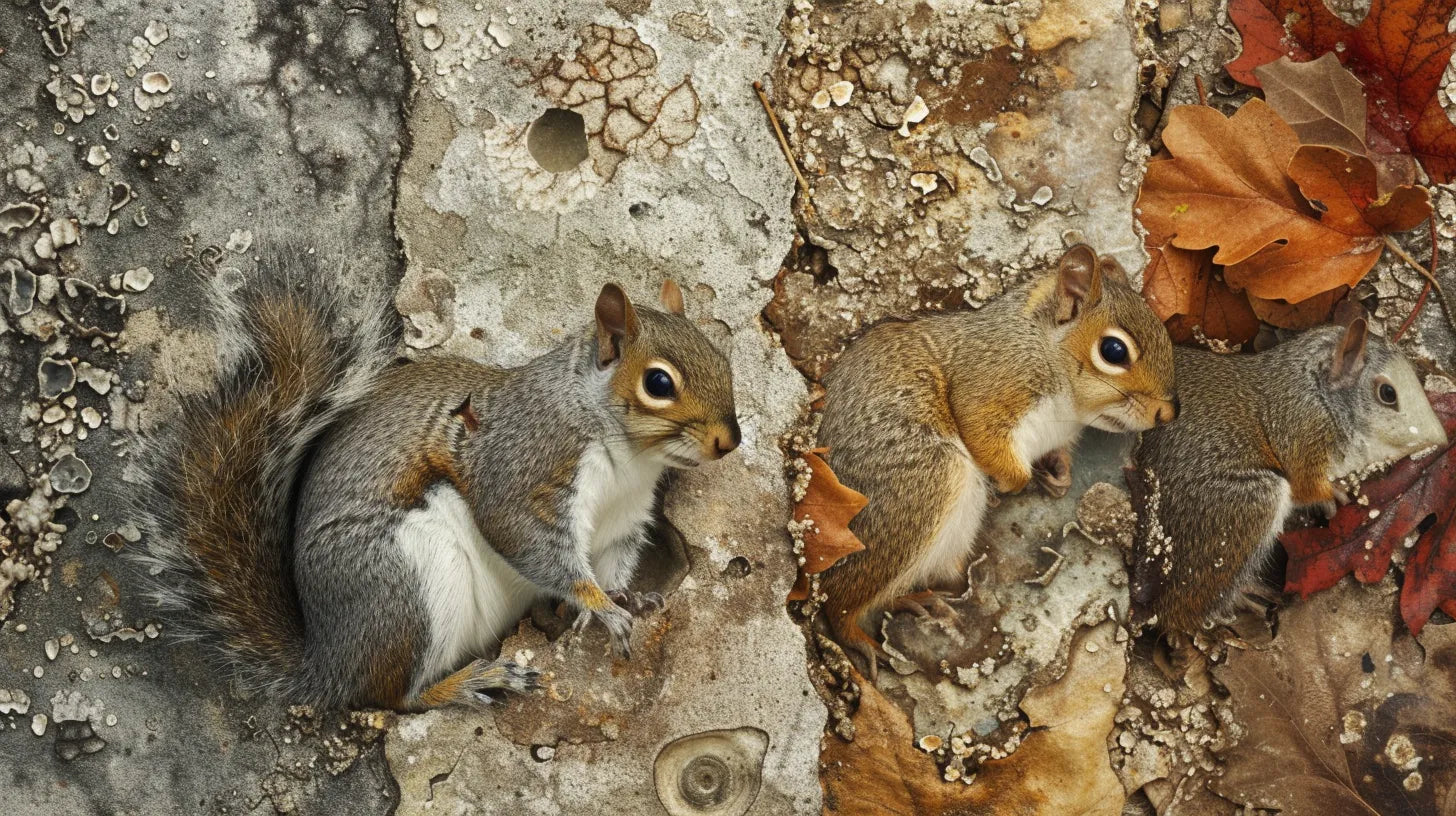In the realm of wildlife observation and home maintenance, the ability to accurately identify animal droppings is a valuable skill, particularly when it comes to squirrels. Squirrel feces, with its distinctive oblong shape and size, can often be confused with that of other rodents, such as rats. However, distinguishing between them is crucial due to the different health risks they pose and the implications for pest control strategies.
Squirrel droppings, typically dark brown at first and lightening over time, provide insight not only into the presence of these animals but also their diet and the potential health hazards associated with their waste. As we examine the characteristics, locations, and implications of squirrel scat, understanding these nuances becomes essential for homeowners and wildlife enthusiasts alike, especially when considering the necessary precautions to mitigate any associated risks.
Identifying Squirrel Droppings
Identifying squirrel droppings accurately is crucial for distinguishing these rodents' presence and activity areas. Squirrel droppings are characterized by their oblong pellets, approximately 3/8 inch long and 1/8 inch in diameter, with rounded tips and a slightly bulging center, which helps in differentiating them from other pests. Fresh squirrel droppings exhibit a dark brown color, but as they age, they tend to lighten, becoming more difficult to distinguish from rat droppings, though they are slightly larger and more prone to color changes over time.
To accurately identify squirrel poop, utilizing photographs for comparison is highly recommended. This method allows for a direct comparison with known examples, facilitating the determination of the type of animal present. Squirrel droppings are typically found near entry and exit points of their nests and possible hiding spots, indicating frequent activity areas. The droppings are small, resembling beans, with a unique appearance of rounded edges, similar to coffee beans, and exhibit a range of colors from lighter brown with shades of reddish, green, to tan pellets.
Understanding what Squirrel Droppings Look like is essential for proper identification and management of squirrel populations.
Squirrels' Dietary Impact

Understanding the appearance and characteristics of squirrel droppings can provide insights into their presence, while examining their dietary habits reveals the broader ecological impact these creatures have on their surroundings. The diet of squirrels is remarkably diverse, encompassing a wide range of foods that not only influence their health and behavior but also affect the ecosystems they inhabit. Finding squirrel droppings in your yard might be a sign of these animals visiting regularly, driven by the search for food.
The dietary habits of squirrels have notable effects on their environment, including:
-
Scatter-Hoarding Behavior: Squirrels store food for the winter, burying seeds and nuts in various locations. This activity not only ensures their survival during scarce times but also plays a crucial role in seed dispersal and forest regeneration.
-
Foraging Damage: Their quest for food can lead to damage in gardens and bird feeders. Squirrels are known to eat nearly everything in sight, including vegetables, fruits, and bird seed, which can frustrate homeowners and gardeners.
-
Predatory Behavior: Although less common, squirrels occasionally consume eggs, insects, and even small rodents. This aspect of their diet highlights their role as opportunistic feeders within their ecosystem, impacting the population dynamics of these prey species.
Understanding these dietary impacts is essential for appreciating the complex role squirrels play in their habitats, beyond the simple finding of squirrel feces.
Common Dropping Locations

Recognizing where squirrels commonly leave their droppings is crucial for homeowners and gardeners who wish to gauge the presence of these animals in their surroundings.
Understanding what squirrel poop looks like and identifying their common dropping locations can significantly aid in detecting their activity. Typically, squirrels prefer areas that provide them with easy access to food and shelter. Therefore, attics, garden sheds, and even under decks or porches can become prime spots for squirrel droppings.
In outdoor settings, look for droppings near the base of trees, especially those bearing nuts or fruits, as these are frequent feeding sites for squirrels. Gardens with abundant produce can also attract these creatures, leading to droppings around plant bases or in hidden spots among the vegetation.
Inside, squirrels may take refuge in less frequented areas of a home, such as attics or wall cavities, where their droppings can accumulate over time. It's also common to find droppings near entry or exit points that squirrels use to gain access to a structure.
Health Risks Explained

Squirrel droppings, while often overlooked, can present significant health risks, including diseases such as leptospirosis and Salmonella, necessitating cautious handling and proper cleanup. These diseases can manifest in various ways, ranging from flu-like symptoms to serious respiratory issues, especially if there's direct contact with the feces or if the bacteria become airborne during the cleanup process.
To emphasize the importance of recognizing and appropriately responding to these health risks, consider the following key points:
-
Leptospirosis: This bacterial disease can lead to kidney damage, meningitis, liver failure, and respiratory distress. It is contracted through direct contact with squirrel urine or droppings that contain the leptospira bacteria.
-
Salmonella: Known for causing severe gastrointestinal issues, Salmonella can be transmitted by handling squirrel droppings without proper protective gear or failing to wash hands thoroughly afterwards. Symptoms include diarrhea, fever, and abdominal cramps.
-
Hantavirus: Although less commonly associated with squirrels, direct contact with rodent droppings, including those from squirrels, can potentially lead to Hantavirus Pulmonary Syndrome, a serious respiratory disease.
Understanding and mitigating these risks through careful cleanup and protective measures are crucial for maintaining a healthy environment.
Preventative Measures

Given the serious health risks posed by squirrel droppings, implementing effective preventative measures is essential for safeguarding both human health and property.
The presence of squirrels can lead to various issues, including property damage and potential disease transmission through their feces. To keep squirrels at bay, it is crucial to adopt a proactive approach towards securing homes and surrounding areas.
Regular inspection and prompt repair of damaged fascia boards, vents, and screens are critical in preventing squirrel entry. These small creatures can exploit even the smallest openings, such as broken vents, to gain access to cozy nesting spots within homes. Trimming tree limbs near buildings can significantly reduce the ease with which squirrels access home exteriors and roofs, further minimizing the risk of infestation.
Moreover, the strategic placement and maintenance of bird feeders, as well as ensuring crawl spaces and attics are well-kept, can deter squirrels from being attracted to and residing on the property. For those facing persistent squirrel issues, seeking professional assistance offers a comprehensive solution. Experts in wildlife control can provide long-term prevention strategies tailored to specific situations, effectively keeping squirrels and their associated risks at a distance.










